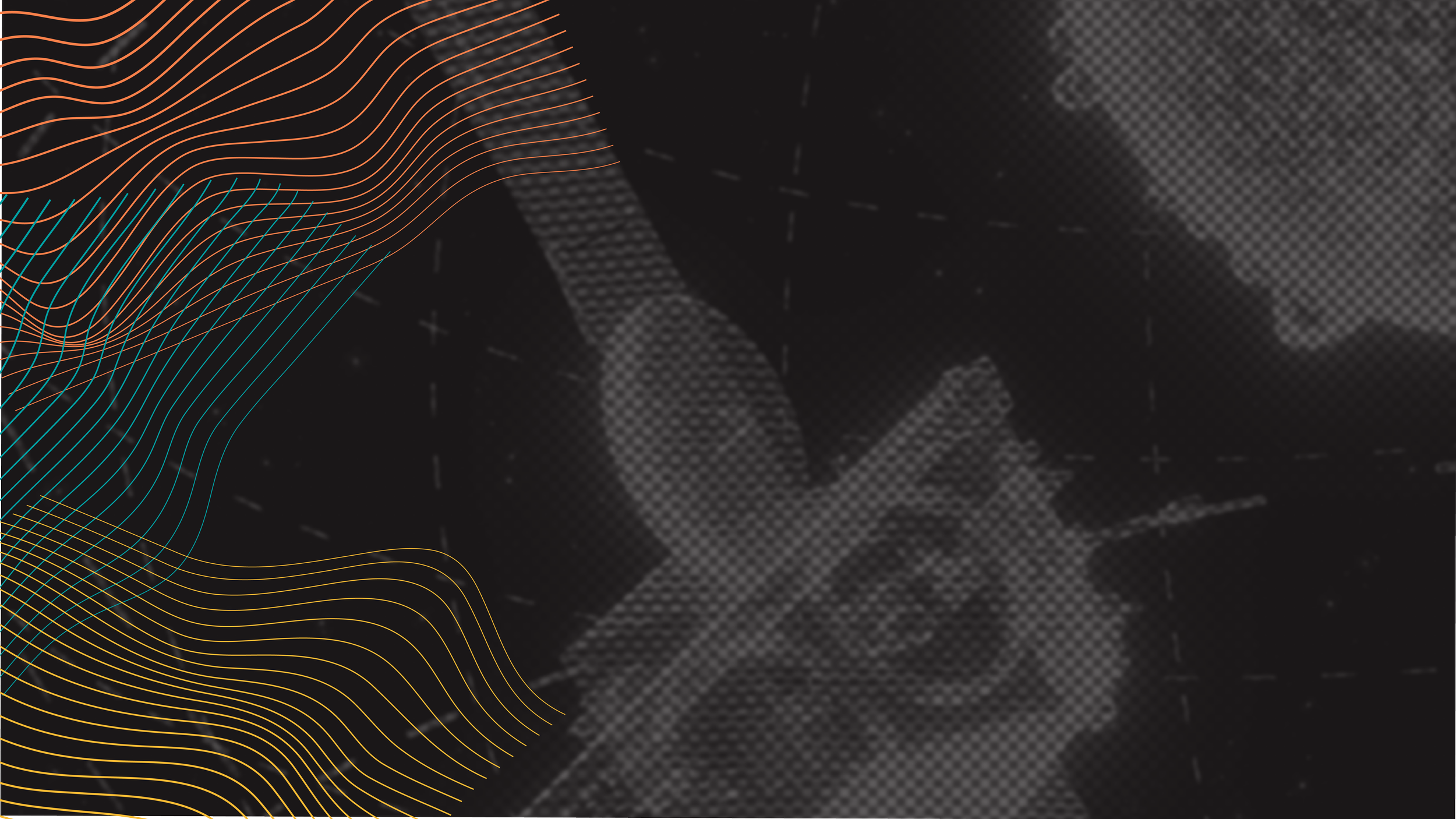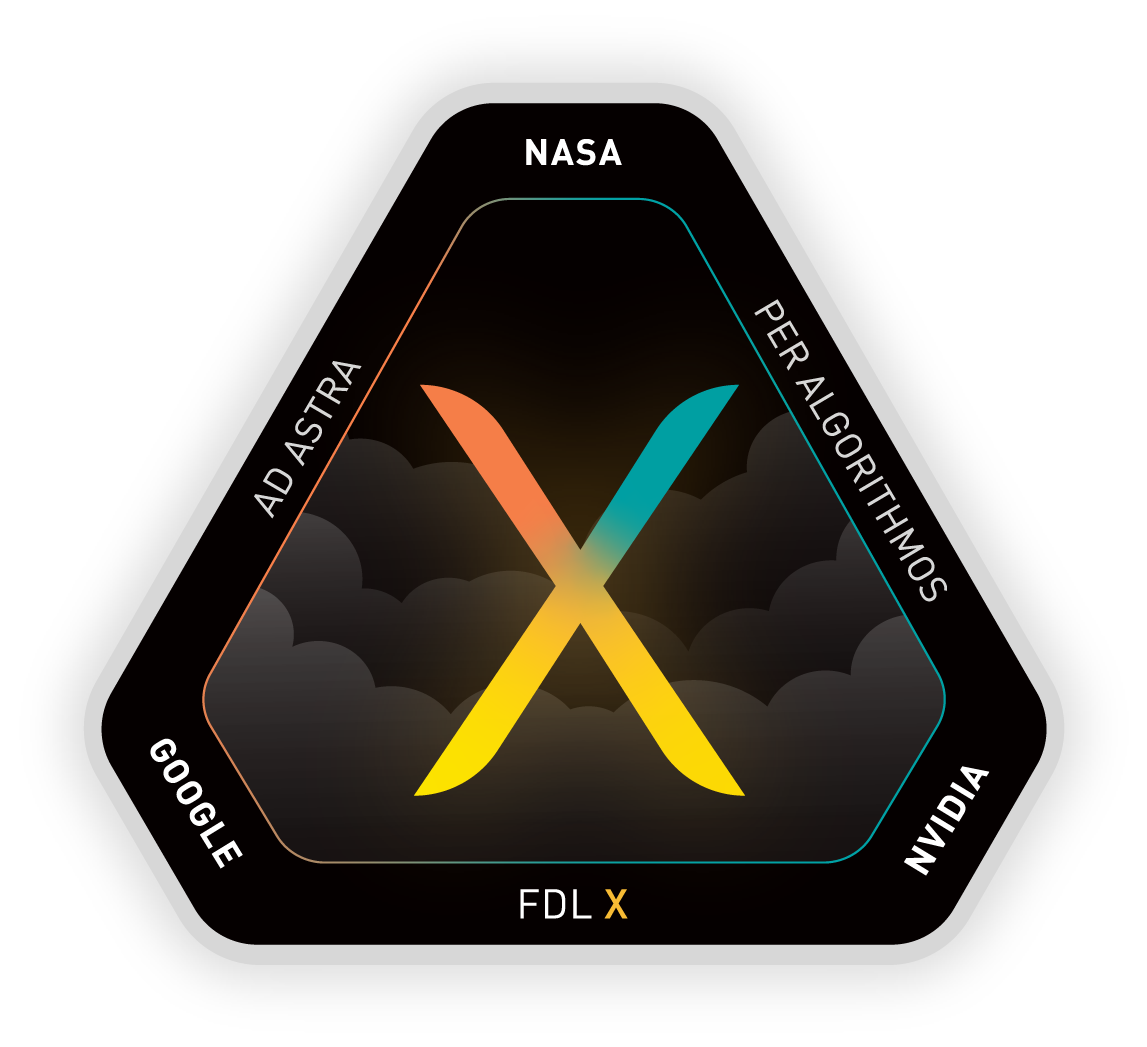
APPLIED ARTIFICIAL INTELLIGENCE FOR CLIMATE ADAPTATION, ENERGY FUTURES, AND SPACE EXPLORATION, FOR ALL HUMANKIND.
FDL-X 2024
FDL has a track record of exploring research in Earth observation, planetary stewardship, disaster response, space medicine and more; every year we look forward to new challenges that push the boundaries of what’s possible in AI
Applications for FDL-X are currently open, with a deadline set for March 29th. Interviews are being scheduled on a rolling basis and we strongly recommend applying as soon as possible. We’ve outlined some potential challenge areas for this year’s cycle as an inspiration to applicants looking to apply this year. The official FDL-X 2024 challenges are currently undergoing review with FDL stakeholders and will be unveiled in early March.
Prospective challenges
Karman-CL
Can we advance our thermospheric density benchmarking toolbox to enable live streaming of real-world data and continuous learning?
Geoeffective-CL
Can we build a benchmarking solution for predicting geomagnetic storms that allows the community to improve the tool with additional datasets, such as magnetic field orientation?
A 4Pi model of EUV out to Mars
Can we build a prediction of extreme ultraviolet radiation for the inner solar system?
A Virtual Dosimeter For CisLunar SpaceFLIGHT
Can we use AI to predict, in real-time, the solar radiation environment exposure for astronauts between LEO and the lunar surface and constrain the prediction with data from the ISS and other locations?
A shift to integration
While the emphasis of the big players has been to start building larger and larger monolithic AIs - or foundation models that can be easily adapted to bespoke use-cases - our vision is to focus on integration of interlinked systems - which we call Network Intelligence.
This concept aligns seamlessly with FDL’s interdisciplinary sprint format, where integrated intelligent systems can be co-engineered for interoperability, leveraging the know-how and experience of all the teams concurrently. This method mirrors how nature does things and our ambition is to create an ecosystem of specialized, trusted AI services that work seamlessly together to achieve remarkable results for NASA and FDL partners.
Integration will foster an engineering-focused community, collective learning and sharing of best practices, particularly in the development of skilled engineers. This will build on earlier work (TRL 0-4) and aims to advance to more developed stages (TRL 4-6), focusing on tooling, modular development, and reproducibility. This approach is designed to test and enhance integrated AI solutions, leveraging proven AI pipelines to unlock new capabilities.
Our inaugural integration experiment in 2023 for NASA Heliophysics was a great success. It demonstrated how live inference ML services (EUV) could inform geoeffectiveness and thermospheric drag models, leading to state-of-the-art (SOTA) advancements in all three challenge areas.
This year we’re looking to do it again, with integrated challenges centered on an UV irradiance live service, exploring the vast scientific potential within the Sun-Earth-Moon system.










